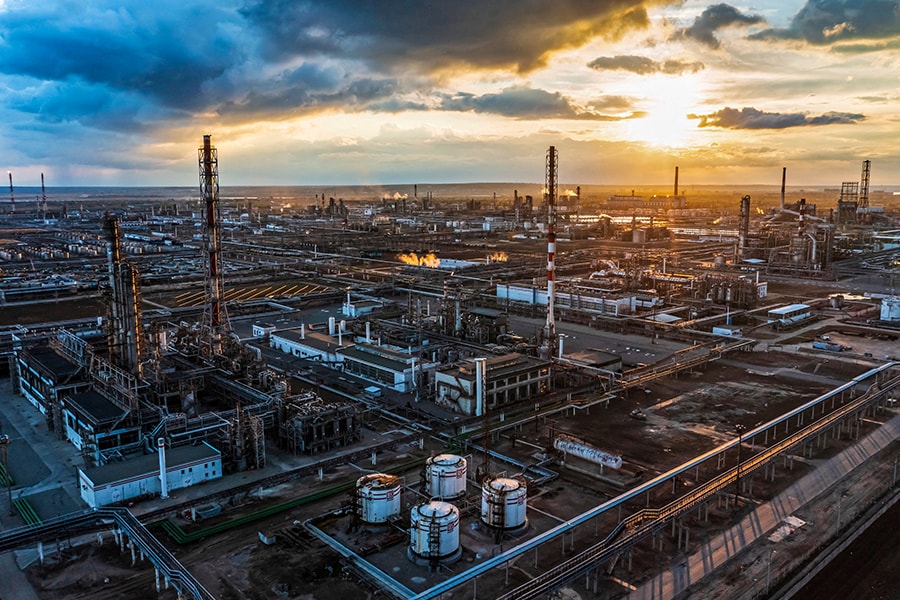
India finds Russian oil irresistible, no matter the diplomatic cost
For India, the decision to hold tight to its neutrality on Russia's war in Ukraine is no longer just about keeping its options open in a world with multiple centers of power. It has evolved into a lucrative case of economic opportunism: Russian oil is just too good a deal to pass up
 A general view shows the oil refinery of the Lukoil company in Volgograd, Russia April 22, 2022.
Image: REUTERS
A general view shows the oil refinery of the Lukoil company in Volgograd, Russia April 22, 2022.
Image: REUTERS
NEW DELHI — One after the next, the entreaties have streamed into India. Buying Russian oil, President Joe Biden told India’s prime minister, is not in your country’s interest. Undermining sanctions, a U.S. official starkly warned, could bring “consequences.” Taking a harder line on Russia, a parade of American and European emissaries argued, is a global imperative.
But for India, the decision to hold tight to its neutrality on Russia’s war in Ukraine is no longer just about keeping its options open in a world with multiple centers of power. It has evolved into a lucrative case of economic opportunism: Russian oil is just too good a deal to pass up.
India’s purchases of Russian crude have soared since the conflict’s start, rising from nothing in December and January to about 300,000 barrels a day in March and 700,000 a day in April. The crude now accounts for nearly 17% of Indian imports, up from less than 1% before the invasion. Last year, India imported about 33,000 barrels a day on average from Russia.
With Russian oil banned in the United States and Europe now proposing an embargo of its own, India can buy the crude at substantial discounts, powering its energy-thirsty economy at a lower cost. Indian refiners can also use the crude to make products like diesel and jet fuel and sell it at better-than-usual margins abroad.
As India leverages the war to help fuel its post-pandemic economic recovery, trade between it and Russia is likely to increase with the conflict dragging on, analysts say. That could further complicate American and European efforts to choke off Russia’s economic lifeblood and strain U.S.-Indian relations as the two nations seek to work together to counter China.
©2019 New York Times News Service







